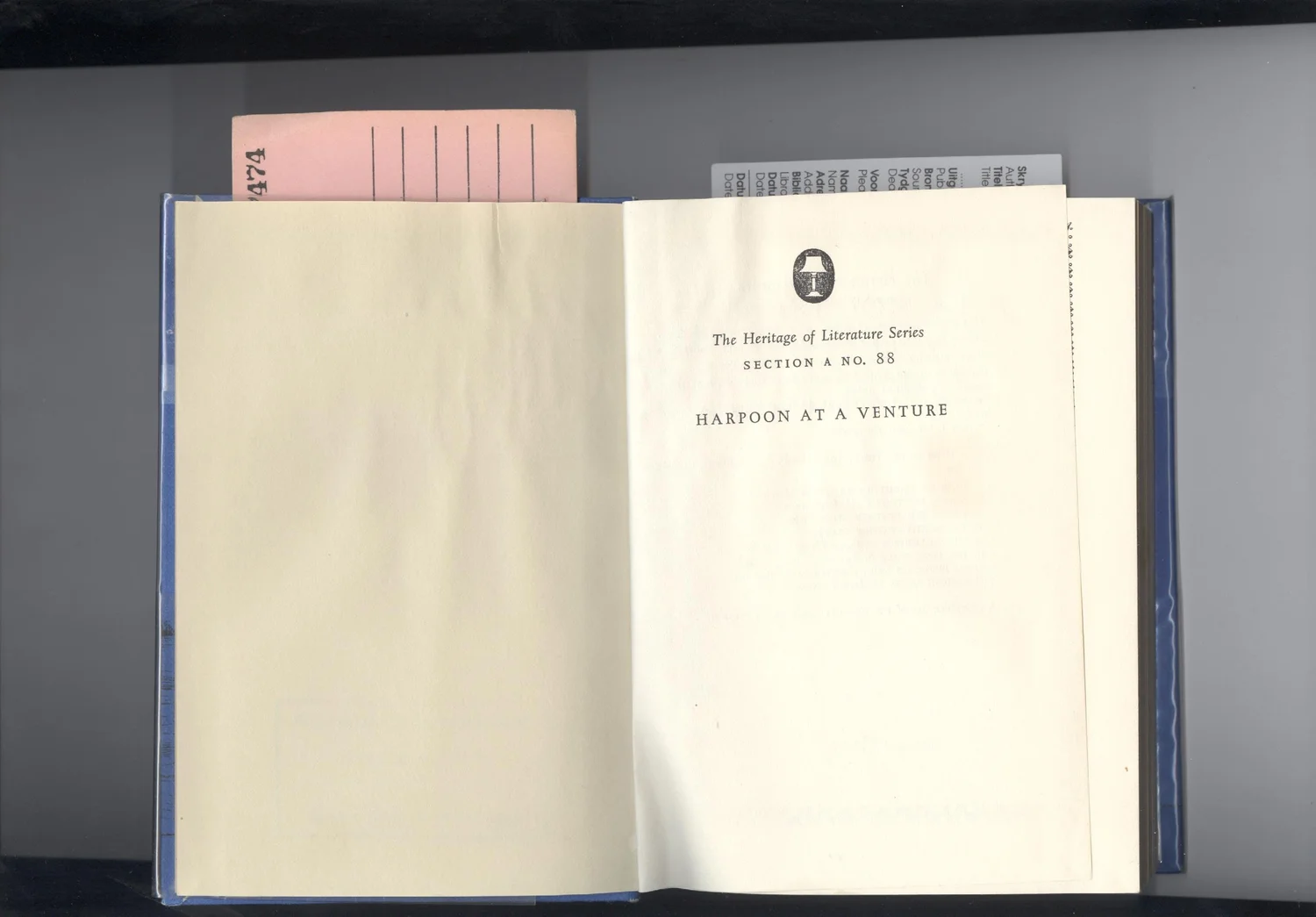Fuel levy is environmentally counterproductive
Having just filled up the petrol tank on my skiboat, I find myself R 700 worse off and I don’t even contemplate driving my boat on any road or be involved in an accident. The real pain comes with the knowledge that I have just contributed R 162.00 to the road levy/fund. Moreover, based on some preliminary calculations it appears that each year the recreational boat anglers and divers in KZN, ‘voluntarily’ contribute
R 8.17 million to a service that is simply never going to benefit the fisherman or indeed the resource.
The taxes that make up the levy are approximately: a general fuel levy, now at 20% of the total price. The Road Accident Fund levy, now at 11% of the total price and a Demand Side levy to discourage 95-octane use inland, at 0.5%.
The true figures are probably much higher, when the commercial fishery is added to the data. Add the fuel used in the Western and Eastern Cape is estimated to be at least double that of KZN so that some R 20. 00 Million per annum is unfairly tapped from our fishers.
This is not a new issue but it has come into sharp focus with the abnormally high fuel costs. Clearly this is a dishonest application of the levy. It seems patently unfair and indeed short -sighted to levy these taxes on fishermen as well as others who use motor-craft at sea or in our dams and rivers. Most western countries have long ago recognised this dilemma and dealt with it. In some cases, farmers and fishers were compensated for the unfair fuel levy. But this raised its own problems as the red coloured fuel, and thus the non-levied fuel resulted in abuse. So, if you were caught with a ‘red’ carburettor in your car you were in big trouble, Unfortunately, it proved problematic to strip carburettors, especially considering fuel injected and diesel vehicles.
Compensating the commercial fishers via a concession is widely applied in many countries, including the VAT that is associated with the levy. Based on the data submitted, the estimated total value of fuel-tax concessions for OECD countries was USD 2 billion in 2008, with a total amount of fuel consumed of 9.3 billion litres
The methods used by countries for calculating the total value of fuel-tax concessions depends on how the tax concessions are applied in each case: this may be through a tax refund where an individual pays the fuel tax and the government refunds part or all of it. [see Table]
For example, in the USA, the fisheries are defined by species or species group and gear, so that this is used to calculate the litres of fuel used per metric tonne of landings by fishery. These estimates are very variable and depend on the value of the catch and the estimates recorded in a particular year from log books and other records.
However, this can create further problems as it was seen as subsidising the fishery, especially those that were already depleted. This moved the MSY curve and resulted in some fisheries being fished beyond their MSY levels.
The most useful application of the levy is to make it available for fisheries management. By transferring these funds to the Marine Living Resources Fund, this could be flagged and used for research and resource management, supervised by a team of credible scientist to avoid any chance of fraud. [if the overdue annual reports are anything to go by?]
The main activity needed is to improve the estimate of fuel used by the fishermen. This is a task that should be underway in any event, because it is part of South Africa’s obligation under the UN/FAO charter to monitor all our fisheries.
So, just like Eskom, whether you are a recreational boat angler or fish for your livelihood, you are being fleeced.
Fair or not?
Rudy van der Elst
Mossel Bay
